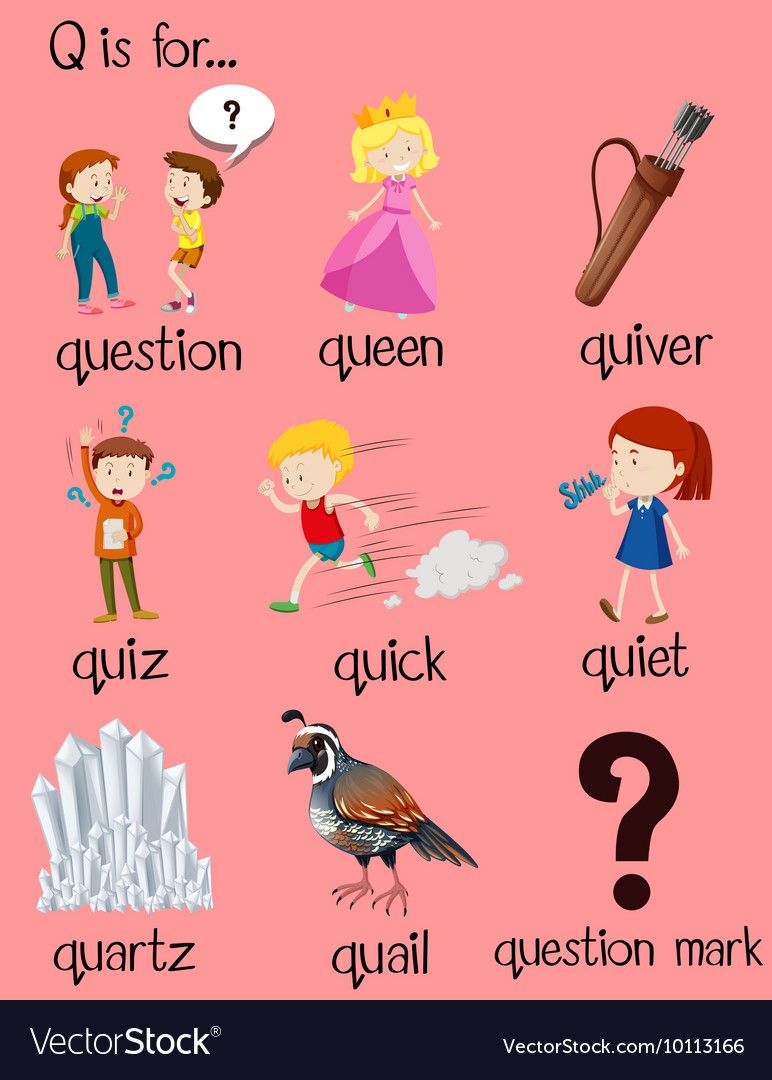
#Qq meaning in text code
You can modify the source code (e.g., fix(manhattan)) to change the line designating the axis tick labels ( labs <- unique(d$CHR)) to set this to whatever you'd like it to be. If you have “X,” “Y,” or “MT” chromosomes, you'll need to rename these 23, 24, 25, etc. The chromosome column must be numeric.If you're creating a manhattan plot and your column names are different, you'll have to pass the column names to the chr=, bp=, p=, and snp= arguments. Notice that the gwasResults ame has SNP, chromosome, position, and p-value columns named SNP, CHR, BP, and P. Suggestiveline = FALSE, main = "Manhattan plot of Z-scores")

Manhattan(gwasResults, p = "zscore", logp = FALSE, ylab = "Z-score", genomewideline = FALSE, GwasResults <- transform(gwasResults, zscore = qnorm(P/2, lower.tail = FALSE))

We'll also remove the genomewide and suggestive lines because these are only meaningful if you're plotting -log10(p-values). In this example, let's create a test statistic (“zscore”), plot that instead of p-values, change the y-axis label, and remove the default log transformation. Here, we'll simply call the function passing to the p= argument the name of the column we want to plot instead of the default “P” column. We can also annotate all SNPs that meet a threshold: manhattan(gwasResults, annotatePval = 0.005, annotateTop = FALSE)įinally, the manhattan function can be used to plot any value, not just p-values. manhattan(gwasResults, annotatePval = 0.01) By default, this only annotates the top SNP per chromosome that exceeds the annotatePval threshold. We can also annotate SNPs based on their p-value. We can combine highlighting and limiting to a single chromosome, and use the xlim graphical parameter to zoom in on a region of interest (between position 200-500): manhattan(subset(gwasResults, CHR = 3), highlight = snpsOfInterest, xlim = c(200, Manhattan(gwasResults, highlight = snpsOfInterest) You'll get a warning if you try to highlight SNPs that don't exist. The 100 SNPs we're highlighting here are in a character vector called snpsOfInterest. Let's highlight some SNPs of interest on chromosome 3.

Now, let's look at a single chromosome: manhattan(subset(gwasResults, CHR = 1))

While we're at it, let's change the colors ( col=), remove the suggestive and genome-wide significance lines, and supply our own labels for the chromosomes: manhattan(gwasResults, main = "Manhattan Plot", ylim = c(0, 10), cex = 0.6, cex.axis = 0.9,Ĭol = c("blue4", "orange3"), suggestiveline = F, genomewideline = F, chrlabs = c(1:20, Let's add a title ( main=), increase the y-axis limit ( ylim=), reduce the point size to 60% ( cex=), and reduce the font size of the axis labels to 90% ( cex.axis=). We can also pass in other graphical parameters. How many SNPs on each chromosome? as.ame(table(gwasResults$CHR)) Take a look at the data: str(gwasResults) The gwasResults ame included with the package has simulated results for 16,470 SNPs on 22 chromosomes. The qqman package includes functions for creating manhattan plots and q-q plots from GWAS results. Intro to the qqman package Intro to the qqman package


 0 kommentar(er)
0 kommentar(er)
